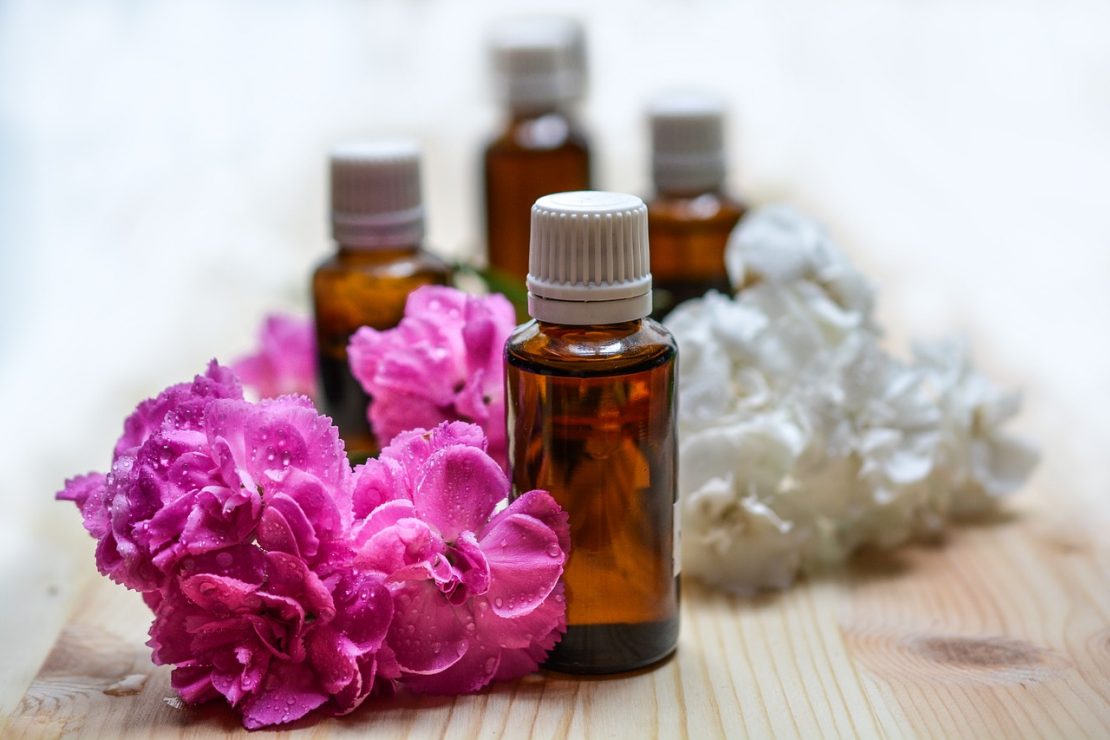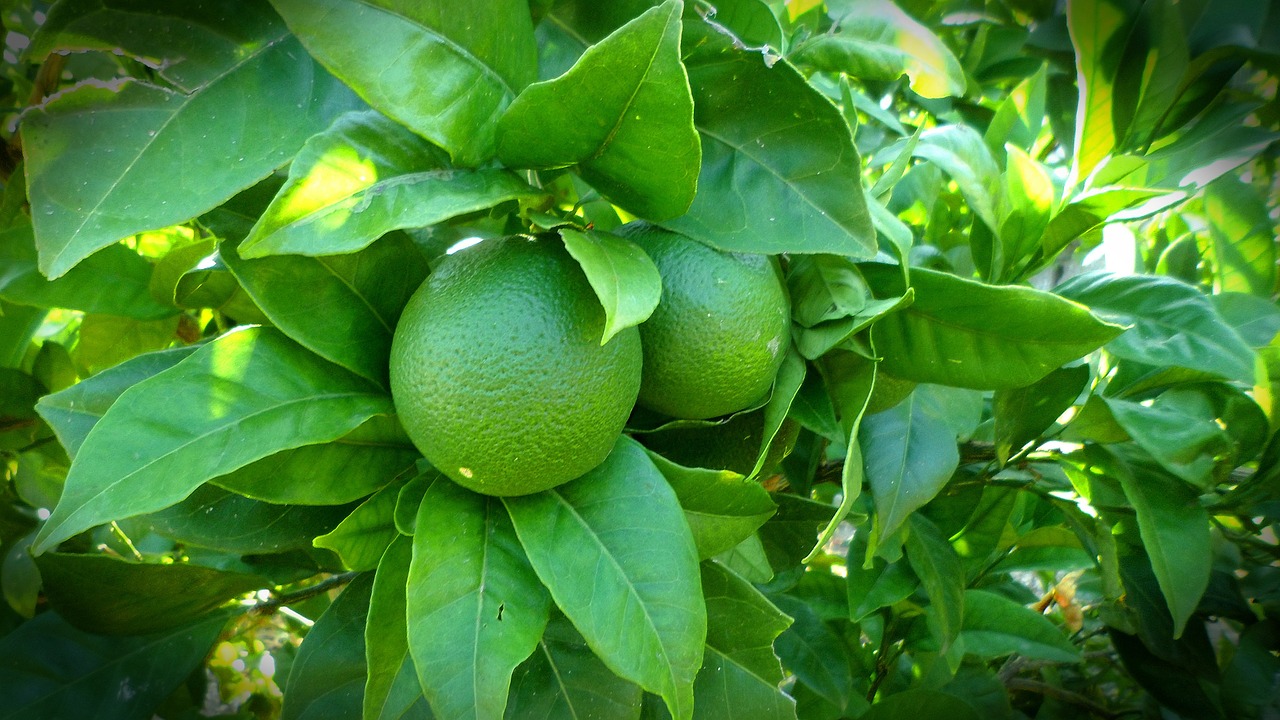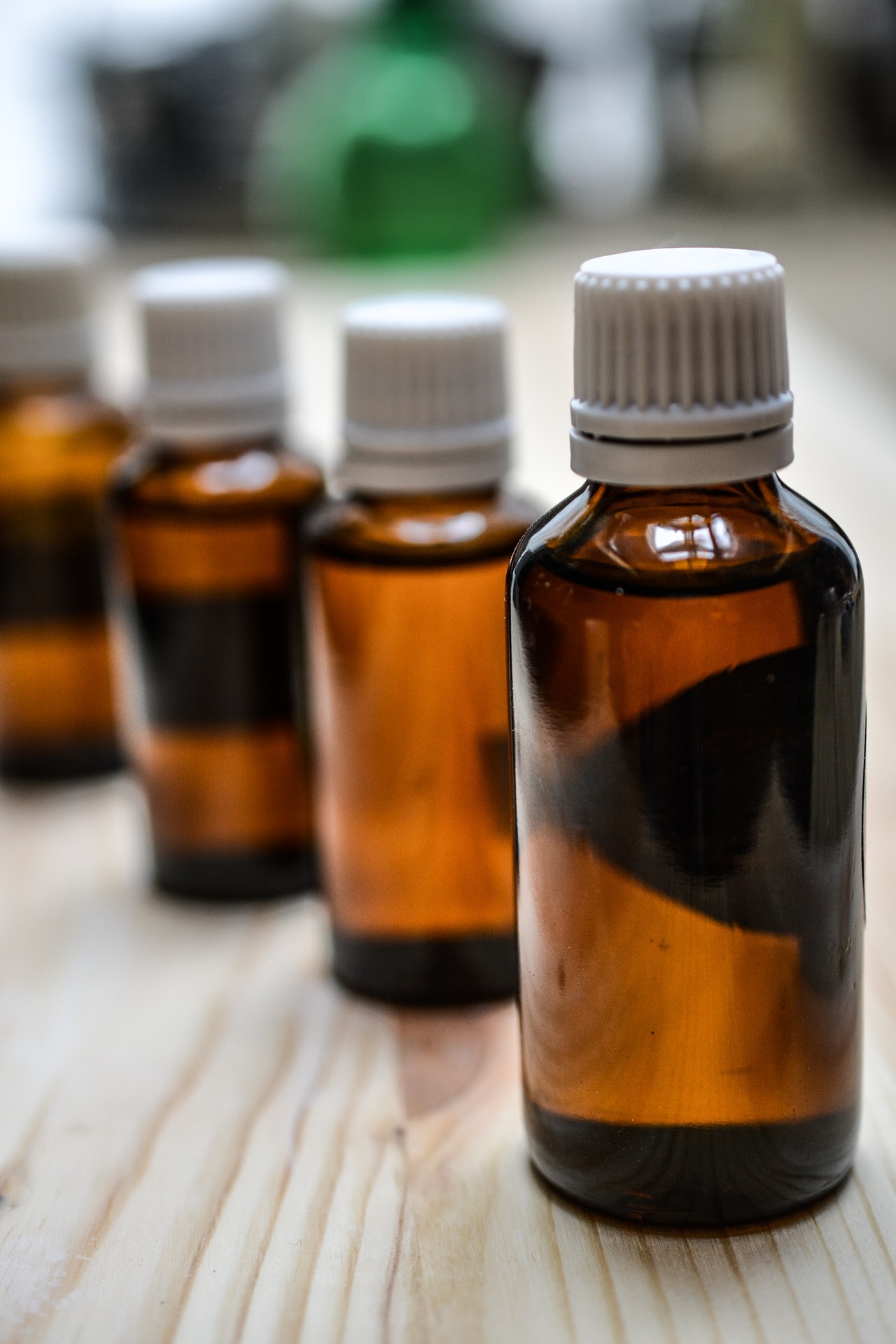
The Truth About Phototoxic Essential Oils & How To Use Them Safely
As you look out the window, you see that it’s another beautiful summer day! You anticipate feeling the warmth of the summer sun’s rays on your head as you spend the afternoon with your friends who are coming over to share tea with you in your beautiful, blooming garden. Before leaving the house, you smile as you apply your favorite new citrus essential oil perfume to your throat and wrists, not even considering the possibility of phototoxic essential oils. How you love the smell of bergamot and lime. So cheerful. So uplifting.
Both the tea and the company are lovely. During the evening, as you reflect on a perfect day, you notice the insides of your wrists have a dark pink stripe across them. Your throat starts to feel itchy. You look in the mirror and see dark red stripes with a few small blisters on your throat as well. No sunburn anywhere else. Why there? Suddenly your lovely, uplifting perfume is no longer so lovely.
Phototoxic Essential Oil Reactions
This is a type of photosensitivity reaction known as a phototoxic reaction. Although a handful of essential oils can cause photoallergic reactions, they are extremely uncommon, whereas everyone needs to take steps to avoid phototoxicity.
Phototoxicity happens when certain chemical constituents bind to DNA in the skin and then react with UV light, killing the cells and damaging tissues. Phototoxic burns can show up anywhere from 1-24 hours after sun or UV exposure, including tanning beds, cause anywhere from first to third-degree burns, and the resulting discoloration can last up to several months. Phototoxic reactions also have several other names, including margarita dermatitis, since one can have the same thing happen from cutting fresh limes or contacting fresh lime juice prior to sun or UV exposure.

Phototoxic Essential Oils
Although the citrus oils are fairly well known for causing phototoxic reactions, it is not quite so straightforward. Cold pressed or expressed citrus oils tend to contain more of the phototoxic constituents, while their steam distilled counterparts do not. Some expressed citruses are highly phototoxic (e.g., bergamot or lime), while some are relatively safe by themselves (e.g., sweet orange or mandarin). However, when you blend these together, you increase your phototoxic risk, making it all even a bit more complicated. Outside the citruses, a handful of other oils are known to be phototoxic and there are yet a few more where the phototoxic risk is yet unknown.
| Known Phototoxic Essential Oils (EO) & Aromatics | Non-phototoxic Citrus Essential Oils (EO) (or those with negligible risk) |
| Bergamot (Citrus bergamia) EO | FCF or bergapten-free bergamot (Citrus bergamia) |
| Expressed lime (Citrus aurantifolia) EO | Steam distilled lime (Citrus aurantifolia) EO |
| Expressed lemon (Citrus limon) EO | Steam distilled lemon (Citrus limon) EO |
| Fig leaf absolute (Ficus carica) | Steam distilled grapefruit (Citrus paradisi) EO |
| Lemon verbena (Aloysia triphylla) EO | Lemon leaf (Citrus limon) EO |
| Taget essential oil or absolute (Tagetes minuta) EO | Mandarin, Tangelo, or Tangerine (Citrus reticulata) EO |
| Rue (Ruta graveolens) EO | Neroli (orange blossom) (Citrus x aurantium) EO |
| Mandarin leaf (Citrus reticulata) EO | Sweet or blood orange (Citrus sinensis) EO |
| Cumin (Cuminum cyminum) EO | Petitgrain bigarade (orange leaf) (Citrus x aurantium) EO |
| Angelica root (Angelica glauca) EO | Yuzu (Citrus junos) EO |
| Expressed bitter orange (Citrus x aurantium) EO | |
| Expressed grapefruit (Citrus paradisi) EO | |
(Tisserand & Young, 2014)
The Truth About Phototoxic Essential Oils & How To Use Them Safely
There are several options for avoiding this kind of severe sunburn. Inhalation and most forms of internal use are safe from phototoxic risk, so using a diffuser, aroma stick, or aromatic jewelry can provide a therapeutic benefit all summer long.
Personally, I simply avoid using bergamot or expressed lime topically, although I use them extensively in blends for inhalation. Topical use in wash-off products, such as foaming soap and shampoo, that are completely rinsed off the skin are considered safe techniques.
If topical use is necessary, there are a few strategies that can be employed.
- Use non-phototoxic versions of the oils where possible, such as using steam-distilled lime instead of expressed lime.
- Cover all affected skin and protect it from sun or UV exposure for up to 24 hours after essential oil application.
- Dilute the essential oils to a safe level, as established in Essential Oil Safety, 2nd Edition (Tisserand & Young, 2014). Keep in mind that as soon as you have more than one oil containing any phototoxic constituents in it, which would include negligible risk oils such as sweet orange and mandarin, your dilution safety level decreases.
It is easiest to use non-phototoxic oils or not to use them topically.
| Safe Dilution Levels | |
| Essential Oil | Percent Dilution |
| Fig leaf absolute (Ficus carica) | There is no safe level |
| Lemon verbena (Aloysia triphylla) EO | There is no safe level |
| Tagetes essential oil or absolute (Tagetes minuta) EO | 0.01% |
| Rue (Ruta graveolens) EO | 0.15% |
| Mandarin leaf (Citrus reticulata) EO | 0.17% |
| Bergamot (Citrus bergamia) EO | 0.4% |
| Cumin (Cuminum cyminum) EO | 0.4% |
| Expressed lime (Citrus aurantifolia) EO | 0.7% |
| Angelica root (Angelica glauca) EO | 0.8% |
| Expressed bitter orange (Citrus x aurantium) EO | 1.25% |
| Expressed lemon (Citrus limon) EO | 2% |
| Expressed grapefruit (Citrus paradisi) EO | 4% |
(“IFRA Standards Library,” n.d.)
Tisserand and Young recommend using four (4) drops total of any citrus fruit essential oil combination per 30 mL of a carrier oil as a safe general rule of thumb (Tisserand & Young, 2014).
One Final Caution
Be sure to check for these oils in undiluted pre-blended synergies you may purchase from your favorite vendor. If phototoxic ingredients are present, treat the blend as though it were phototoxic unless you know from the vendor that the oils have been diluted to a safe level within the synergy.
Though phototoxic reactions are fairly uncommon, erring on the safe side and following precautionary measures is always best.
How do you use caution with phototoxic essential oils? If so, how?
REFERENCES
Tisserand, R. and Young, R. (2014). Essential Oil Safety (2nd ed.). London: Elsevier.









